Enter Email ID to Read Further
.png?width=1545&height=600&name=66e8987cdc3cdea247aaa55e_Hero-scaling-your-business-2-2x1-p-1080.png%20(1).png)
SAP ERP and HubSpot Service Hub Integration: Order Processing Case Study
Project Overview
Binzagr Trading Company sought to streamline their order-to-cash process by integrating their SAP ERP (ECC 6) system with HubSpot Service Hub. The objective was to establish a unified workflow with bi-directional data synchronization to enhance real-time visibility, automate notifications, enforce SLA compliance, and optimize operational efficiency through systematic data exchange between the two platforms.
Client Challenges & Technical Landscape
Prior to integration, Binzagr operated with a siloed architecture that created significant technical challenges:
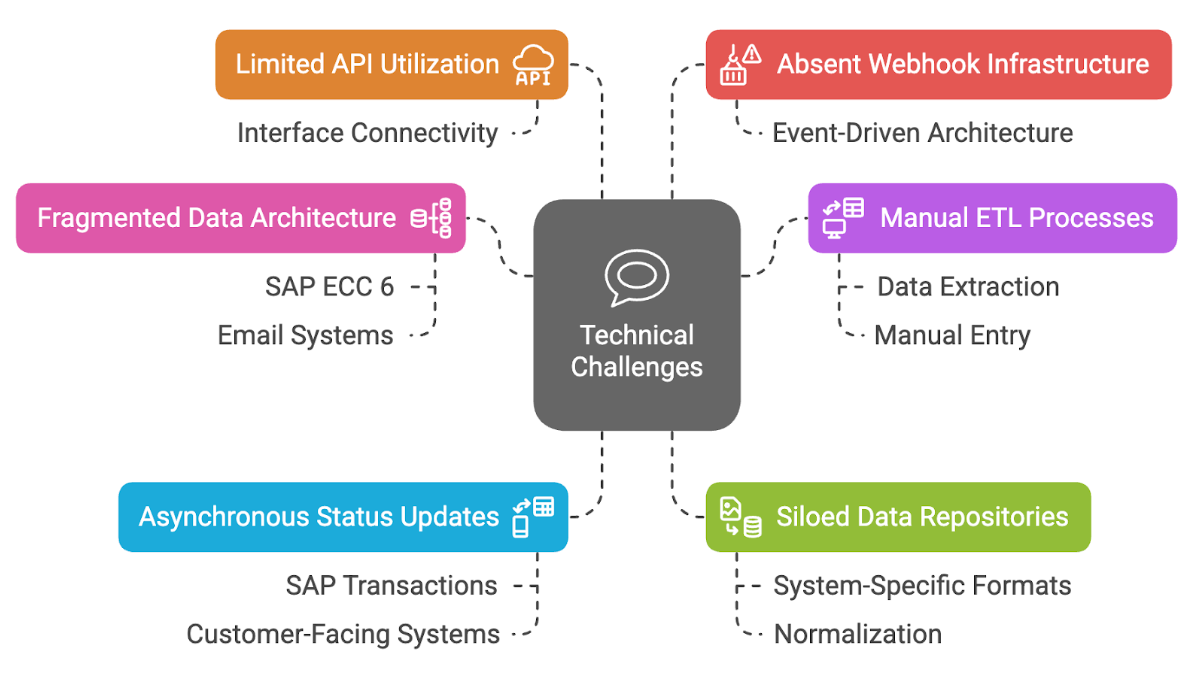
01
Fragmented Data Architecture: Customer data stored separately in SAP ECC 6 and email systems without unified reference models
02
Manual ETL Processes: Data extraction from emails and manual entry into SAP systems created latency and error risk
03
04
05
06
Legacy Data Architecture
The legacy architecture relied on manual processes and disparate systems:
Data Flow Bottlenecks
Key Object Models & Relationships (Legacy)
SAP ECC 6 Data Model (Simplified):
- VBAK: Sales Document Header
- VBAP: Sales Document Item
- LIKP: Delivery Document Header
- LIPS: Delivery Document Item
- VBRK: Billing Document Header
- VBRP: Billing Document Item
No formal relationship existed between these SAP objects and external communications or tracking systems, necessitating manual correlation by staff members.
Solution Architecture & Data Integration
We engineered a comprehensive integration between SAP ERP (ECC 6) and HubSpot Service Hub utilizing middleware components, API services, and custom data transformation layers.
Technical Components Implemented
01
API Gateway Layer: Implemented REST API endpoints for bidirectional communication
02
ETL Processing Engine: Custom data extraction and transformation service
03
Event Bus: Message queue for asynchronous processing of system events
04
Middleware Integration Server: Orchestration layer managing data flow between systems
05
Authentication Service: OAuth 2.0 token management for secure system access
06
Data Normalization Framework: Standardization of data formats across systems
New Integrated Data Architecture
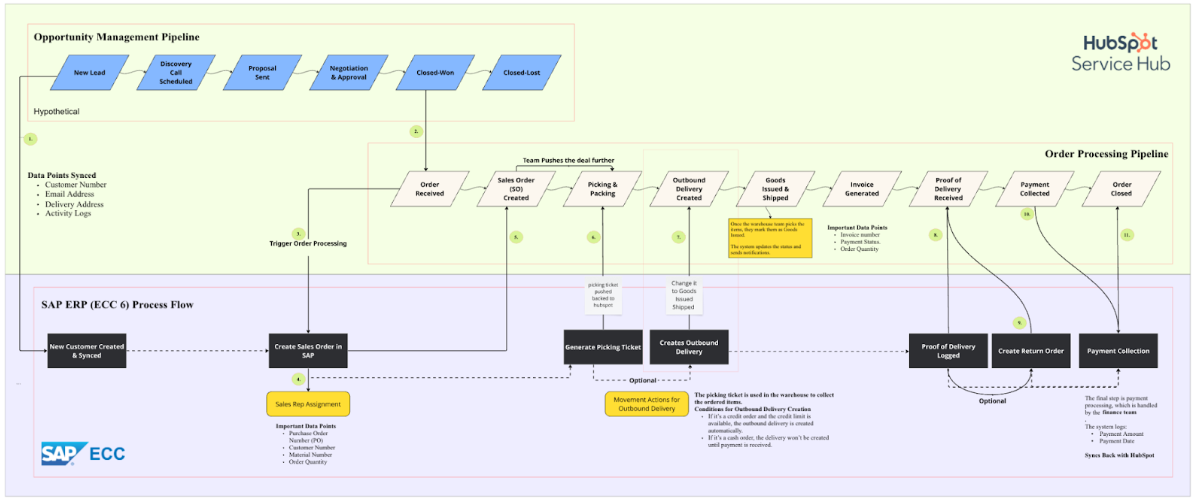
The new architecture implemented these key technical elements:
Data Mapping Framework
Event-Driven Architecture
We implemented a comprehensive event system to trigger actions across platforms:
Implementation Technical Phases
The project execution followed a structured technical implementation roadmap:
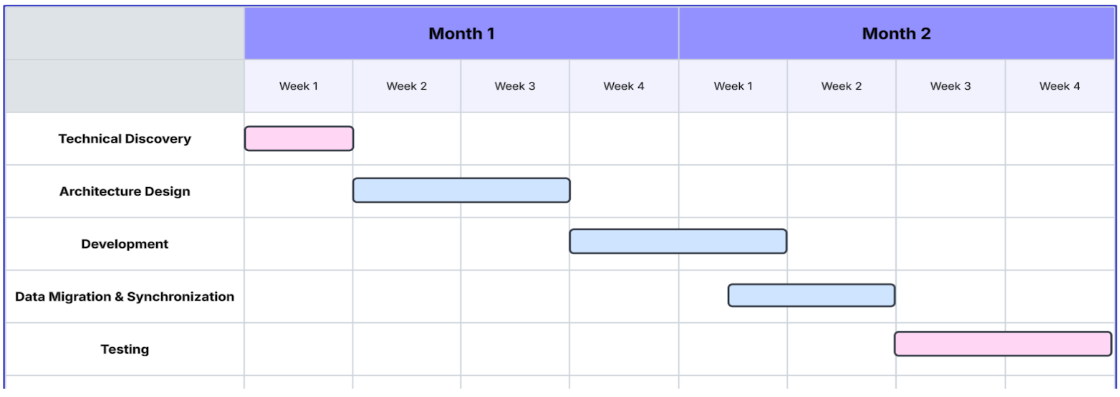
- Technical Discovery:
- SAP table structure analysis
- HubSpot object model mapping
- API capability assessment
- Authentication mechanism selection
- Architecture Design:
- Data flow diagram creation
- Interface specification documentation
- Security model implementation
- Error handling strategy development
- Development:
- API endpoint construction
- Custom extractors for SAP tables
- HubSpot custom object creation
- Webhook configuration and testing
- Data Migration & Synchronization:
- Master data harmonization
- Initial data load protocols
- Consistency verification routines
- Data quality validation scripts
- Testing:
- Unit testing of transformation logic
- Integration testing with sandbox environments
- Load testing with simulated traffic volumes
- Failure scenario simulation and recovery
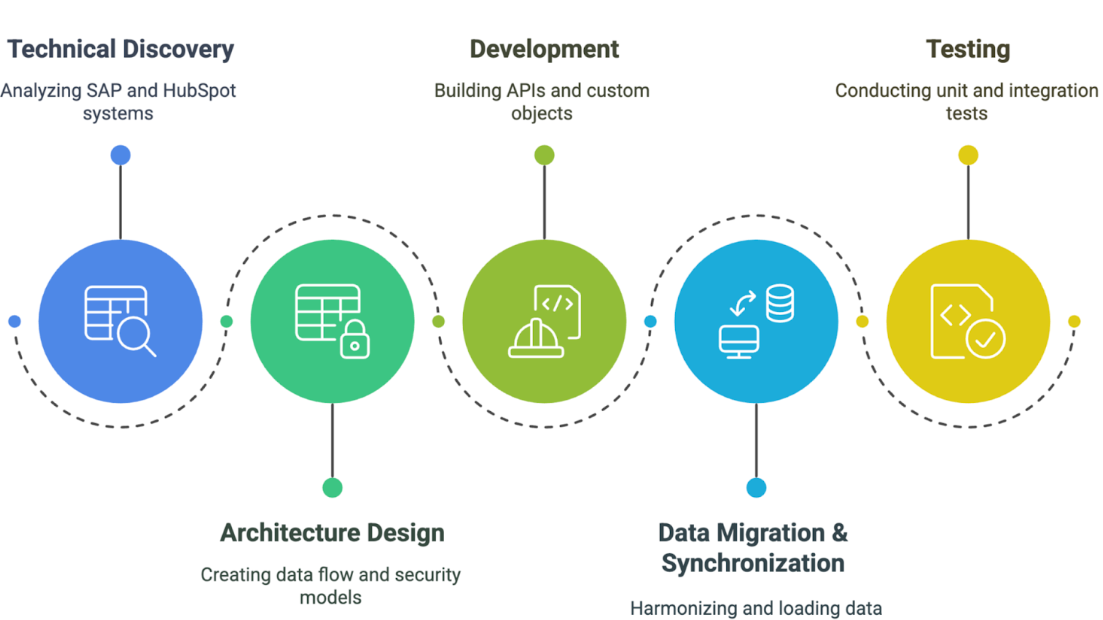
Technical Outcomes & Performance Metrics
The integration delivered quantifiable technical improvements:
Data Governance & Security Implementation
01
02
03
04
Conclusion
The Binzagr SAP-HubSpot integration project demonstrates the technical feasibility and business value of creating seamless interoperability between enterprise ERP systems and modern CRM platforms. By implementing a robust middleware layer with sophisticated data transformation capabilities, event-driven architecture, and comprehensive error handling, we established a resilient and scalable solution that has transformed Binzagr's order processing capabilities while laying the foundation for future digital transformation initiatives.
Relatable? We should definitely talk.
All that we’ll cover when we speak:
- Opportunities to increase the ROI of your HubSpot investment
- Your current GTM motions and future roadmap
- Challenges that you face with your overall revenue stack
- Missed revenue opportunities due to gaps in your funnel
- What would "wins" look like for you?

Check out Case Studies, Playbooks & more!
Explore how OneMetric is helping GTM teams globally optimize their RevOps ecosystem and scale their sales & marketing efforts.
-
 One metricHubspotHow we enhanced sales processes through technology and strategy, yielding significant improvements in efficiency and outcomes
One metricHubspotHow we enhanced sales processes through technology and strategy, yielding significant improvements in efficiency and outcomes -
 Salesforce pardotHubspotHow we enhanced sales processes through technology and strategy
Salesforce pardotHubspotHow we enhanced sales processes through technology and strategy -
 Google adsHow we helped a furniture rental company decrease their CAC by 67% and increase contribution of Google Ads to revenue by 6X
Google adsHow we helped a furniture rental company decrease their CAC by 67% and increase contribution of Google Ads to revenue by 6X -
 WoocommerceKlaviyoHow we helped one of the largest D2C lifestyle brands in the US generate 66% of their entire year’s email campaign revenue in just one quarter.
WoocommerceKlaviyoHow we helped one of the largest D2C lifestyle brands in the US generate 66% of their entire year’s email campaign revenue in just one quarter. -
 Google adsSeoSemrushHubspotHow we helped a Digital Marketing firm drive a 71% increase in monthly website sessions by migrating to HubSpot
Google adsSeoSemrushHubspotHow we helped a Digital Marketing firm drive a 71% increase in monthly website sessions by migrating to HubSpot -
 HubspotHow our Marketing Automation efforts for a Global Market Intelligence company led to a 28% increase in Meetings Booked
HubspotHow our Marketing Automation efforts for a Global Market Intelligence company led to a 28% increase in Meetings Booked -
 HubspotHow CRM Integration increased conversions by 19.5% for this Office Space Rentals Company
HubspotHow CRM Integration increased conversions by 19.5% for this Office Space Rentals Company -
 Chillie piperHubspotHow strategic lead management boosted Monthly Pipeline by 83% and achieved a 62% Lead-to-Deal Conversion
Chillie piperHubspotHow strategic lead management boosted Monthly Pipeline by 83% and achieved a 62% Lead-to-Deal Conversion -
 KlaviyoHow we helped a jewelry brand drive over $13,000 in sales in a month with Klaviyo
KlaviyoHow we helped a jewelry brand drive over $13,000 in sales in a month with Klaviyo -
 FacebookWhatsappOrganic social mediaHow we leveraged strategic demand generation channels to deliver 22% compounded monthly growth in qualified leads for an investment fund
FacebookWhatsappOrganic social mediaHow we leveraged strategic demand generation channels to deliver 22% compounded monthly growth in qualified leads for an investment fund -
 Hubspot service hubInsure-techHow we helped a leading insure-tech company reduce time to first response for support tickets by 39%
Hubspot service hubInsure-techHow we helped a leading insure-tech company reduce time to first response for support tickets by 39% -
 HubspotApi integrationFintechHow we helped a leading FinTech company increase SMS response rate by 72% by streamlining messaging within HubSpot
HubspotApi integrationFintechHow we helped a leading FinTech company increase SMS response rate by 72% by streamlining messaging within HubSpot -
 SalesforceHow we enabled streamlined partner onboarding and collaboration to drive 28%+ sales growth for our client.
SalesforceHow we enabled streamlined partner onboarding and collaboration to drive 28%+ sales growth for our client. -
 MigrationHubspotMarketing hubSales hubService hubHow an AI platform achieved unified sales, marketing, and customer onboarding operations by migrating to an integrated HubSpot ecosystem
MigrationHubspotMarketing hubSales hubService hubHow an AI platform achieved unified sales, marketing, and customer onboarding operations by migrating to an integrated HubSpot ecosystem -
 Hubspot marketing hubSalesforce integrationA strategic integration of HubSpot and Salesforce to streamline operations, enhance lead nurturing, and boost sales productivity
Hubspot marketing hubSalesforce integrationA strategic integration of HubSpot and Salesforce to streamline operations, enhance lead nurturing, and boost sales productivity -
 KlaviyoHow we helped a leading D2C home furniture brand generate almost $150,000 in sales in under 10 weeks
KlaviyoHow we helped a leading D2C home furniture brand generate almost $150,000 in sales in under 10 weeks
.png?width=5528&height=1940&name=OneMetric%20(3).png)
